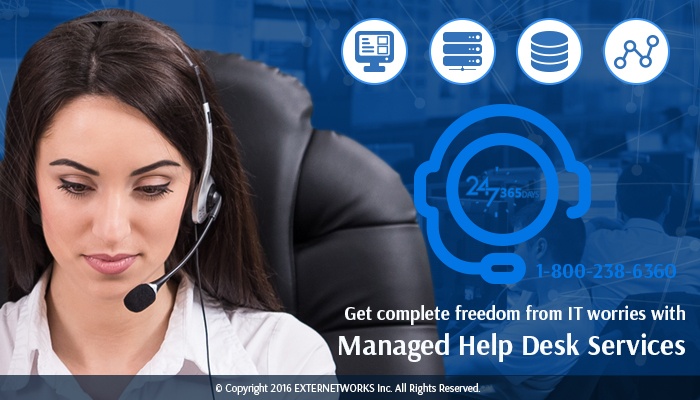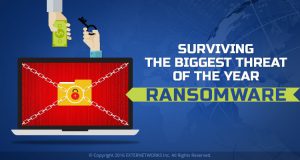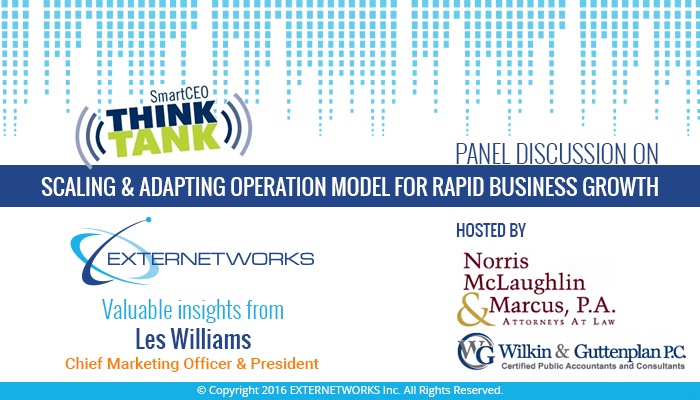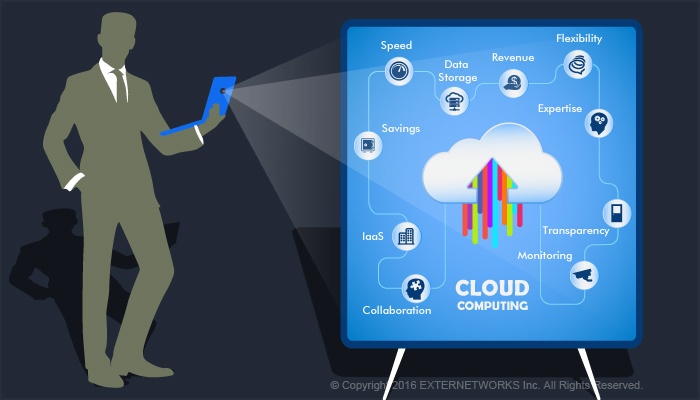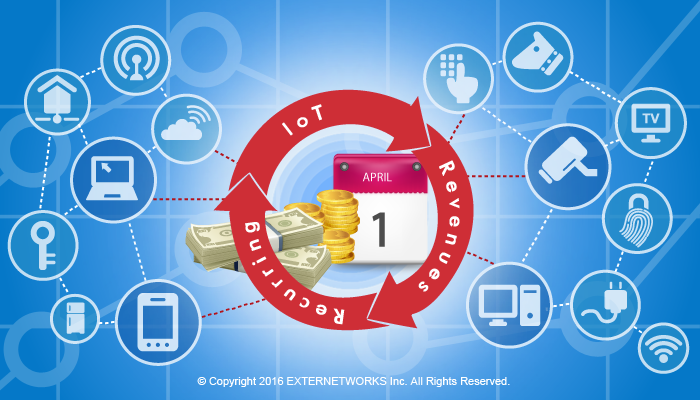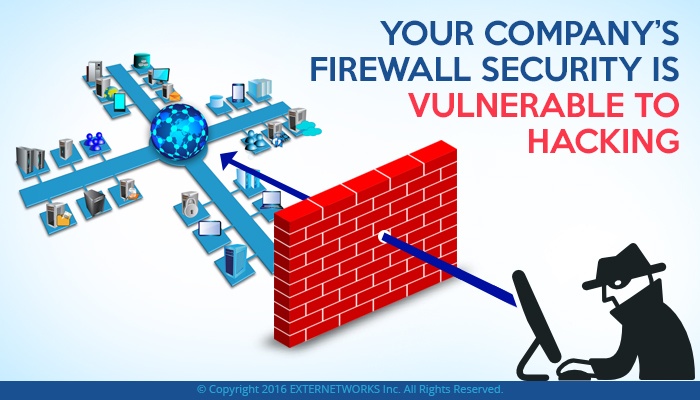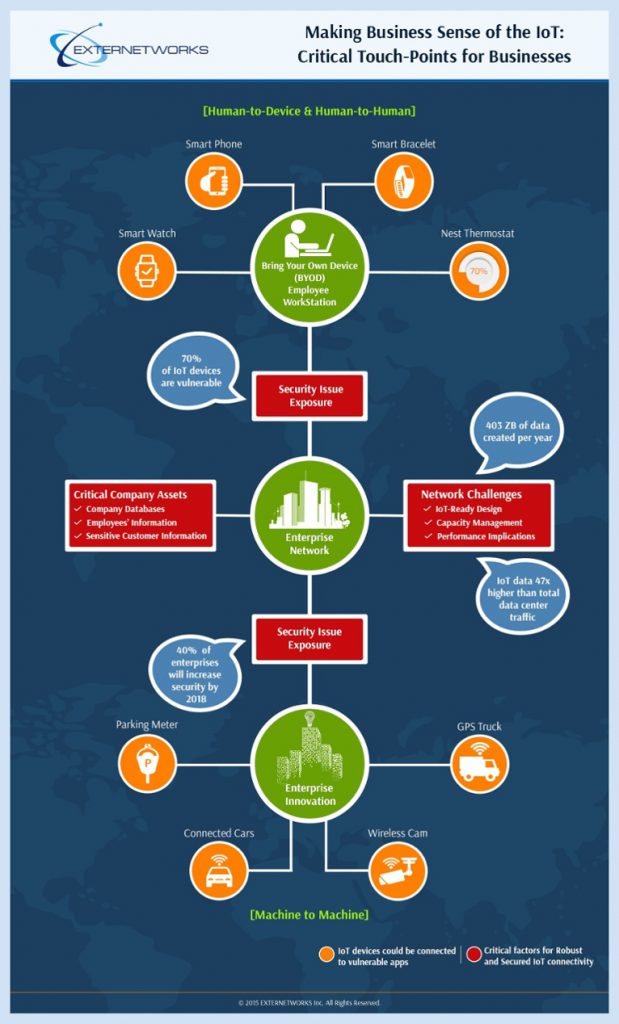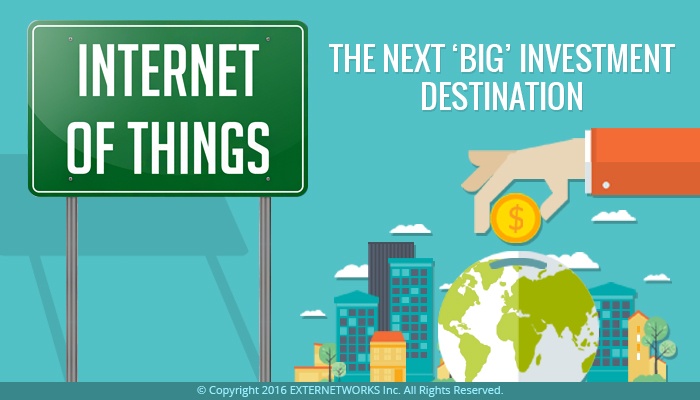Data Center Optimization to be IoT-Ready
Technology, which connects everything, has become an inherent part of our lives. These connections have immensely helped organizations to enhance the quality of service to their consumers. As the technology landscape continues to evolve at an extremely rapid pace, the Internet of Things (IoT) is redefining the gamut of this evolution. In this blog post, we’ll look at the dynamic relationship between IoT and the data center – how IoT impacts the data center, how they are linked, how both are evolving together, and what this means for businesses.
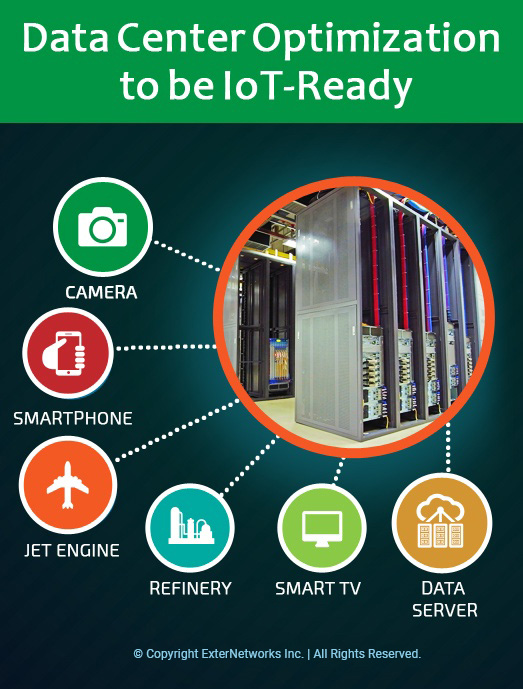
IoT impacts the data center and poses a challenge to its security
In 2011, the number of internet-connected devices surpassed the number of human beings on our planet. By 2020, the number of internet-connected devices are expected to grow between 26 billion and 50 billion. The Internet of Things or the ‘IoT’ has become popular due to the combined efforts of various small and established companies. They are constantly integrating technologies such as improved sensors, efficient wireless protocols, cheaper processors, along with the required management and application software.
Owing to a surge in connections between people and things, and also the volumes of data generated, the IoT has witnessed an exponential growth in a short span of time. The level of data generated by these connections through the IoT is so huge that it is difficult to imagine its extent. It is but natural that when the data generated by the IoT is extremely large, it will definitely impact the data center.
Today’s data center has evolved with new technologies such as cloud computing, virtualization, and software-defined networks. The primary effect of the large data generated through the IoT is on security – and how it is designed and deployed. This blog post gives you an overview of the impact of the IoT on data center and the key challenges that impact the data center due to the IoT. Read on to know the full story…
What is Internet of Things (IoT)?
The IoT is an enabler of the Internet of Everything (IoE) ecosystem. This ecosystem comprises people in addition to process, data, and things. Thus, it is this ‘people’ component of IoE that, by and large, drives a form of collaboration-based solutions. The IoT-driven solutions comprise not people, but data, process, and things.
The IoT incorporates networks of physical objects and connected sensors that are controlled and operated automatically. These sensors automatically gather information about physical assets such as devices, machines, facilities, equipment, vehicles and so on to monitor their condition or behavior. The real-time information so gathered is then used to evaluate the asset’s current condition and control it to improve decision-making, and optimize processes and use of the resource.
Thus, the IoT links remote assets and provides a data flow between the asset and the centralized management systems. These connected assets can then be mixed with new and existing organizational processes to further provide information on condition, location, functionality, and so on.
IoT is making Big Data even Bigger!
The exponential growth in data due to social media, smartphones, websites, cameras, computers, and a wide range of cloud and enterprise applications are all generating data in different formats and protocols. Thus, the amount and type of data that is permeating through today’s networks is increasing in an exponential manner.
This rising volume of the IoT data is adding to the Big Data, as it generates a high frequency of comparatively small amounts of data. This creates a great growth potential for large amounts of data being generated by all types of assets connected and driven by the IoT.
Let’s try to understand the significance of the amounts of data that the IoT can generate through the following statistics:
- As of today, 1TB of raw data per day is generated by a large refinery
- It is forecast that by 2020, 40% of all data will come from sensors
- In the future, as cars get smarter, there may be as many as 200 sensors per car
- 1TB of data is generated by a jet engine per flight.
As you have seen the IoT generates large amounts of data that organizations can collect and analyze for enhanced decision-making, which, in turn, adds value to the organizations’ systems and processes.
IoT is All about Data!
By now, you have realized that the IoT is not just about the devices and their connections, but it is much more about the data that it generates with each connection. Therefore, to make the IoT work effectively for you, you should focus on the ‘data’ first before ‘process, people or things’.
This is because the crux of the IoT lies in the data that is generated by these connected assets. In fact, the connected ‘assets’ is a ‘means to an end’; the ‘end’ being the generation of necessary data. The data that is retrieved by the connected ‘assets’ provides valuable and actionable insights to determine the necessary business and operational changes.
Also Read : Implications of the Internet of Things
IoT Challenges for the Data Center
Gartner has identified the following possible challenges of the IoT for Data Center:
- Data — The IoT generates a substantial amount of data, as organizations continue to use apps and devices to continuously learn about the end-user. Moreover, the effect of the IoT on storage is two-pronged – personal data, which is consumer-driven, and Big Data, which is enterprise-driven.
- Server Technologies — The primary impact of the IoT on the server market will be largely focused on increased investment. This impact is significant in industries and organizations where the IoT can be beneficial or adds a substantial value.
- Security — The IoT will definitely create new security challenges for many organizations across several industries. Since the IoT connects a large number of assets or devices, it has increased digitization and automation of devices that are spread across different areas of modern technological environments.
- Data Center Network— The WAN links of the existent data centers are sized for data that is generated from human interactions with applications. Thus, these WAN links are sized only for moderate-bandwidth requirements. However, the IoT will drastically alter these bandwidth patterns. The IoT will channelize bulk amounts of small message sensor data to the data center for processing. Thus, the data center, catering to the processing of data generated by the IoT, must drastically increase its inbound data center bandwidth.
- Consumer Privacy — Another major challenge that the IoT imposes on the data center is to ensure consumer privacy. The presence of several IoT connected things such as digitized automobiles, smart air conditioners, smart TVs and so on will channelize vast amounts of data, providing information on users’ personal use of devices. This information, if not properly protected and secured, can give rise to violation of privacy. Consumer privacy must be given high priority since the personal information generated by the IoT serves as the key to bringing improved services and improved management of such devices.
- High Availability — The almost innumerable devices that are connected and deployed by the IoT will create security challenges. Also, the Big Data generated by these innumerable devices will significantly increase the complexity of security management. It is needless to say that these security challenges will, in turn, impact the availability of systems. Eventually, real-time business processes and even personal safety will be at risk.
- Storage Management — The IoT will place an increasing demand of storage capacity owing to the extremely large amounts of data generated by its connected devices. This need for storage capacity will, in turn, impact the existing storage infrastructure. Thus, organizations today must rethink their data center requirements, if they want to reap the benefits of the IoT data in a cost-efficient manner.
ExterNetworks is a single-source Managed Services Provider (MSP) of IoT and Machine-to-Machine (M2M) solutions. We provide support to optimize your organization’s processes and systems by gathering, analyzing and interpreting real-time information that enables more accurate understanding of status of the connected assets. This real-time information can further be used to enhance utilization and productivity through optimized usage and accurate decision-making. Our IoT solutions span a broad range of applications, technologies and enterprises.
